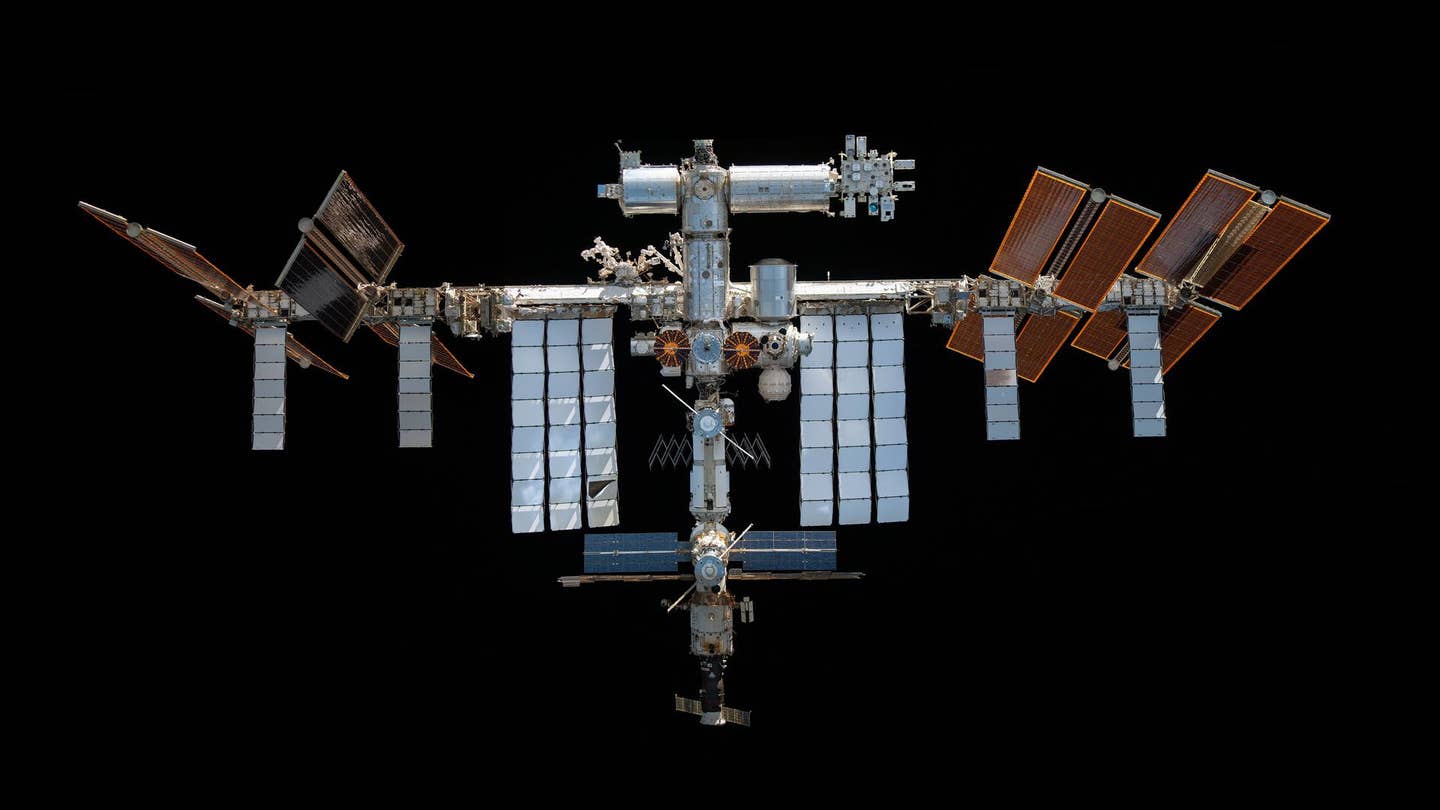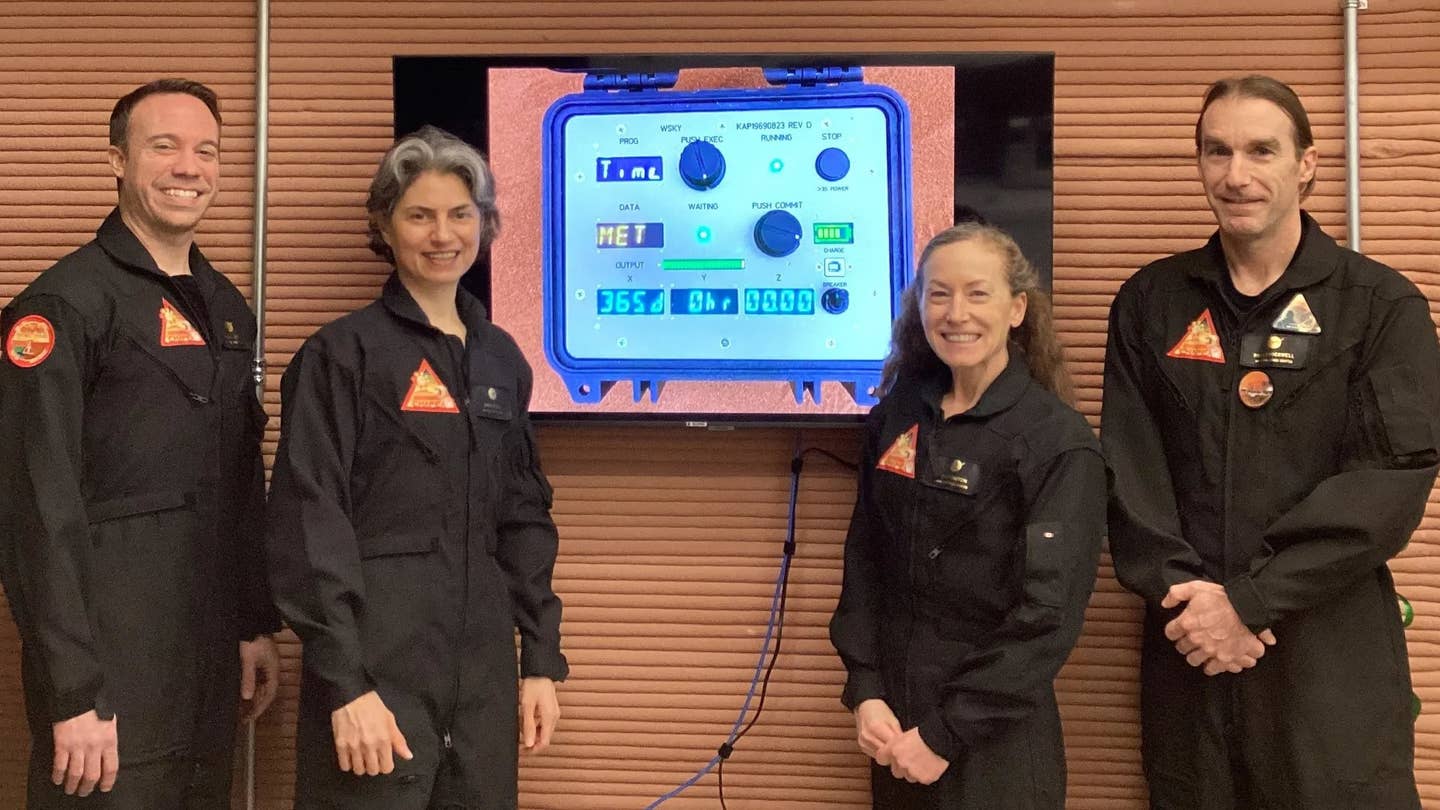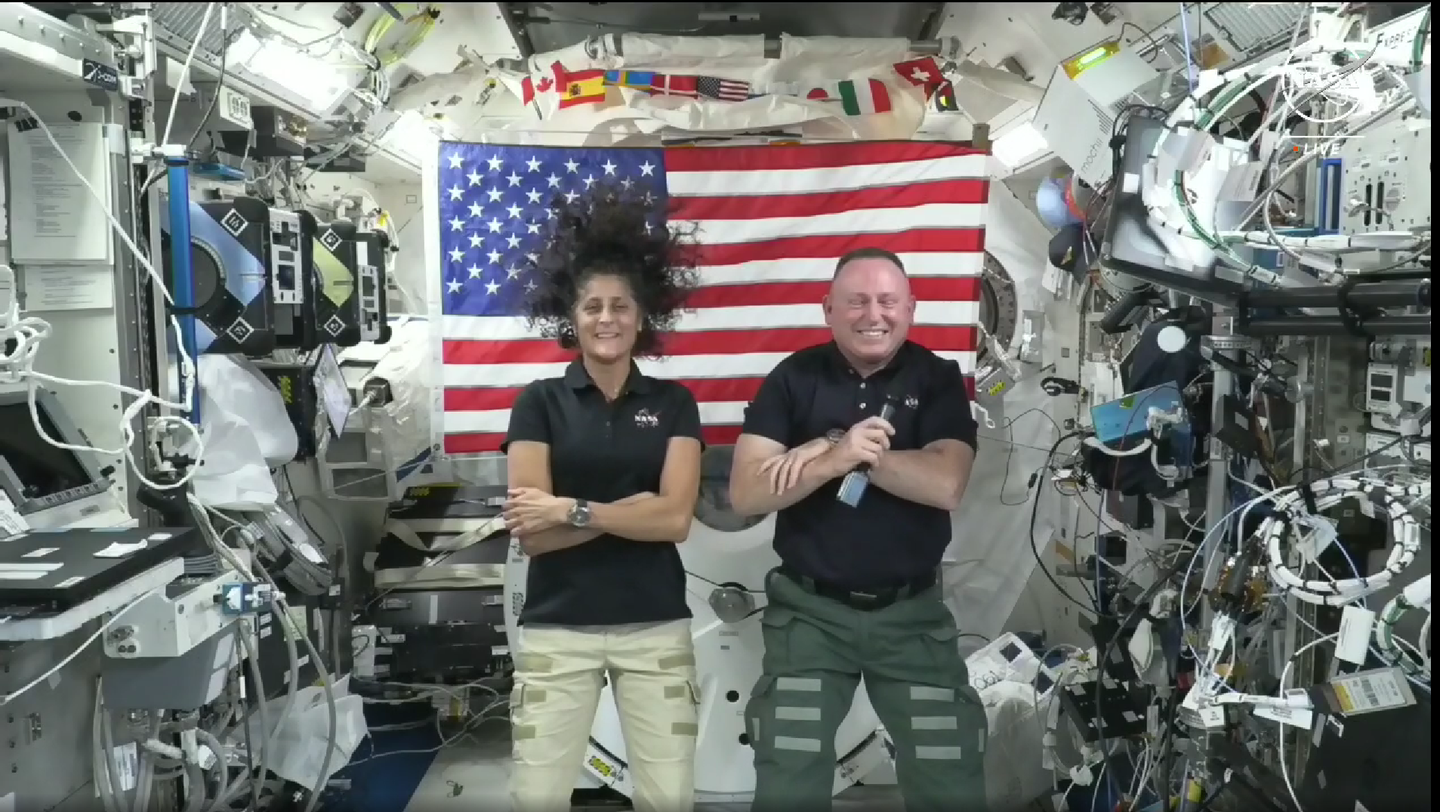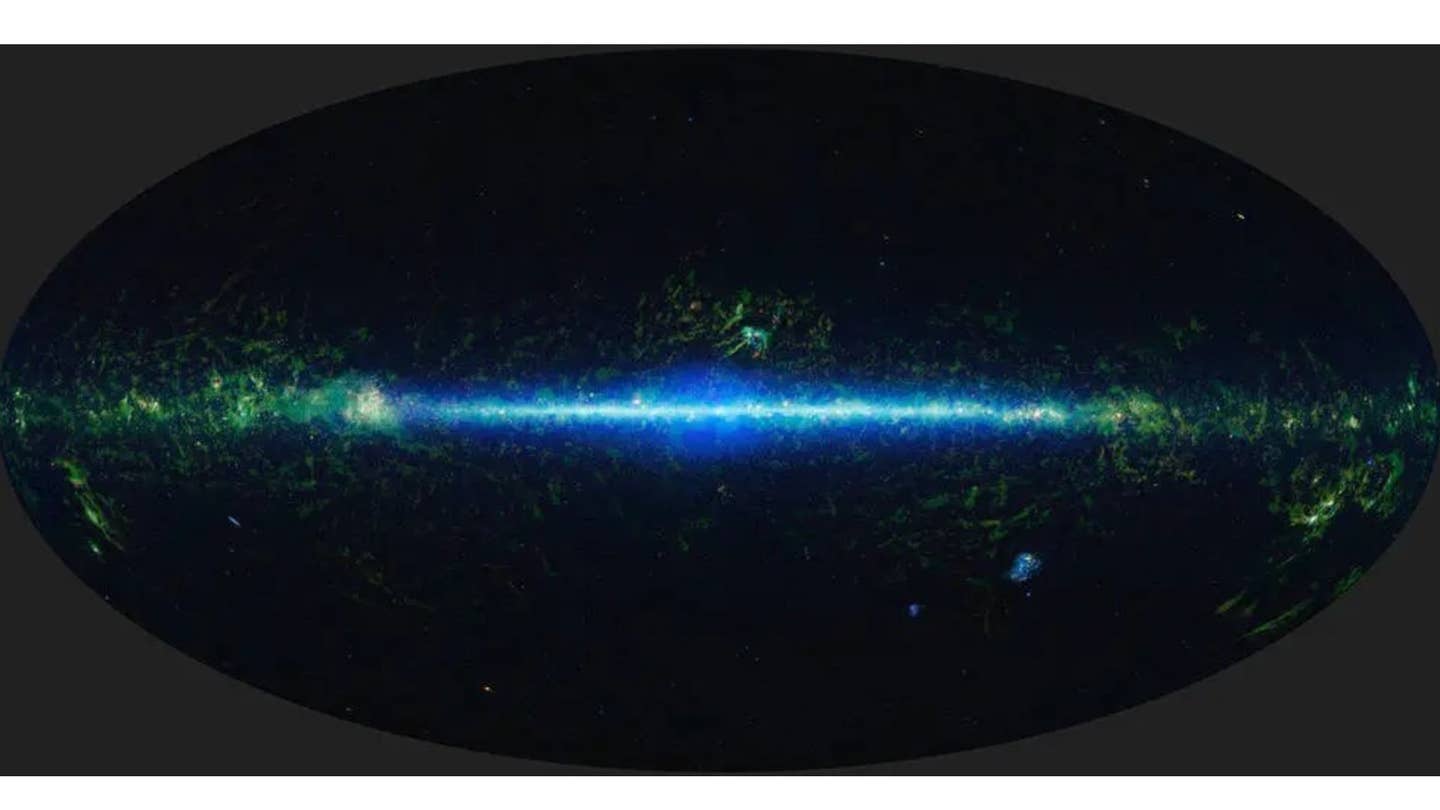Shatner Left Saddened by Space Travel
One year after traveling aboard Jeff Bezos’ Blue Origin rocket, William Shatner explains how the view of the earth from the edge of space made the actor realize how fragile the planet is.
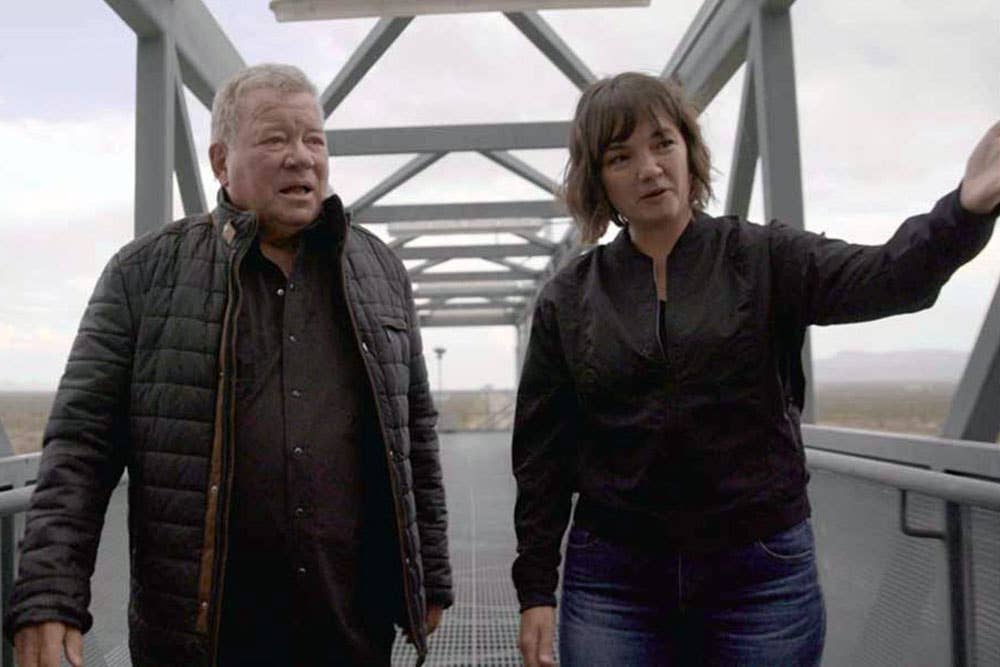
William Shatner, here with Crew Member 7 Sarah Knights, traveled aboard Blue Origin’s New Shepard.[Courtesy: Blue Origin]
It has been a year since actor William Shatner, best known for his portrayal of Captain Kirk in the Star Trek franchise became the oldest living person to venture into space.
Shatner, then 90, was aboard Jeff Bezos' Blue Origin rocket. After the return to earth, an emotional Shatner struggled to put feelings into words. Now he has done so. In his recently released book, Boldy Go: Reflections on a Life of Awe and Wonder, Shatner explains how the view of the earth from the edge of space made the actor realize how fragile the planet is.
According to an excerpt in Variety, Shatner described the sensation as grief when he compared the "vicious coldness of space and the warm nurturing of Earth below," noting the view filled him with overwhelming sadness.
"Every day, we are confronted with the knowledge of further destruction of Earth at our hands: the extinction of animal species, of flora and fauna . . . things that took five billion years to evolve, and suddenly we will never see them again because of the interference of mankind." Shatner wrote. "It filled me with dread. My trip to space was supposed to be a celebration; instead, it felt like a funeral."
After the flight Shatner learned there was a name for what he was feeling.
It is called the “Overview Effect,” and is not uncommon among astronauts, including Yuri Gagarin, Michael Collins, Sally Ride, Eileen Collins, and many others.
Essentially, when someone travels to space and views Earth from orbit, a sense of the planet’s fragility takes hold in an ineffable, instinctive manner.
“There are no borders or boundaries on our planet except those that we create in our minds or through human behaviors," said author Frank White, who first coined the term in 1987. "All the ideas and concepts that divide us when we are on the surface begin to fade from orbit and the moon. The result is a shift in worldview, and in identity.”
In his book, Shatner details the training that he and his crew mates Glen de Vries, Blue Origin vice president, former NASA International Space Station flight controller Audrey Powers, and former NASA engineer Dr. Chris Boshuizen underwent to prepare for the flight. He details his feelings of trepidation going into the flight—after learning about the safe room some 11 stories in the air that was to be used in case the rocket exploded, for example, he couldn't stop thinking about the Hindenburg disaster—and describes the physical sensations of increased G-forces and then weightlessness on his body.
Science Fiction Connects to Science Fact
In the 1960s Canadian-born Shatner rose to fame playing James T. Kirk, the Captain of the starship Enterprise. What started as a relatively low-budget science fiction action-adventure show has evolved into a cultural phenomenon, spawning multiple additional series and several feature-length movies.
The link between the science fiction of Star Trek and actual space travel goes back to 1976 when several members of the Star Trek cast were invited to Palmdale, California to see the roll out of the Space Shuttle Enterprise. The orbiter was a proof of concept design, and was originally intended to be named Constitution but for a massive letter writing campaign asking for the name change.
Entrepreneur Jeff Bezos is a big fan of the Star Trek franchise, and he has several models used in the production of the programs on display at Blue Origin headquarters in Kent, Washington.
In 1986, Star Trek IV: The Voyage Home was dedicated to the crew of the Space Shuttle Challenger, which had been lost 10 months earlier in an explosion 73 seconds after lift off.
The plot of Star Trek IV involves an alien communication's probe that is inadvertently ionizing earth's oceans as it attempts to make contact with humpback whales—a species extinct in the 24th century. Spoiler alert: The crew of the Enterprise travels back through time to rescue a breeding pair of humpback whales being held in captivity with the intent of bringing them to the 24th century to communicate with the probe to get it to leave, and to reestablish the species. The movie carried a prominent environmental message and Shatner recorded several public service announcements for radio, for environmental groups to encourage people to take better care of planet earth.
Boldly Go: Reflections on a Life of Awe and Wonder, co-authored by Josh Brandon, was published by Atria Books and released on October 4.

Subscribe to Our Newsletter
Get the latest FLYING stories delivered directly to your inbox

